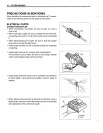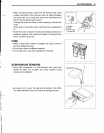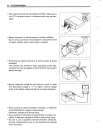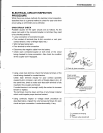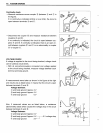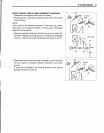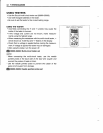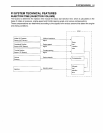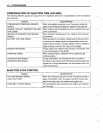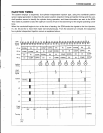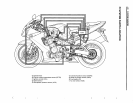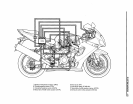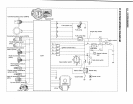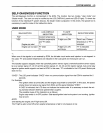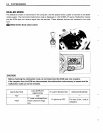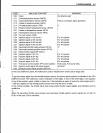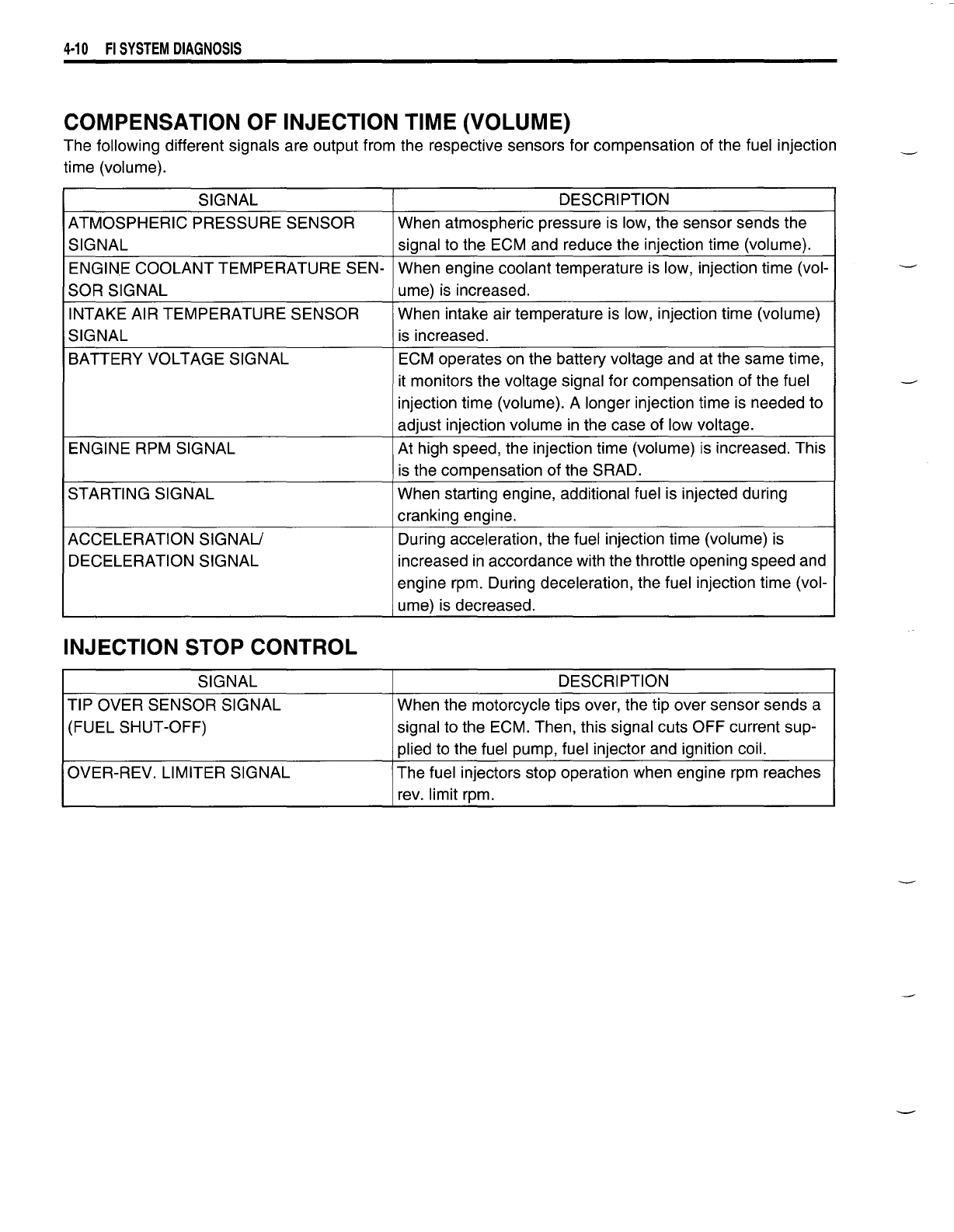
4·10
FI
SYSTEM
DIAGNOSIS
COMPENSATION OF INJECTION TIME (VOLUME)
The following different signals are output from the respective sensors for compensation of the fuel injection
time (volume).
SIGNAL
DESCRIPTION
ATMOSPHERIC PRESSURE SENSOR When atmospheric pressure is low, the sensor sends the
SIGNAL
signal to the ECM and reduce the injection time (volume).
ENGINE COOLANT TEMPERATURE SEN-
When engine coolant temperature is low, injection time (vol-
SOR SIGNAL
ume) is increased.
INTAKE AIR TEMPERATURE SENSOR
When intake air temperature is low, injection time (volume)
SIGNAL is increased.
BATTERY VOLTAGE SIGNAL ECM operates on the battery voltage and at the same time,
it monitors the voltage signal for compensation of the fuel
injection time (volume). A longer injection time is needed to
adjust injection volume in the case of low voltage.
ENGINE RPM SIGNAL
At high speed, the injection time (volume) is increased. This
is the compensation of the SRAD.
STARTING SIGNAL
When starting engine, additional fuel is injected during
cranking engine.
ACCELERATION
SIGNAU
During acceleration, the fuel injection time (volume) is
DECELERATION SIGNAL
increased in accordance with the throttle opening speed and
engine rpm. During deceleration, the fuel injection time (vol-
ume) is decreased.
INJECTION STOP CONTROL
SIGNAL
DESCRIPTION
TIP OVER SENSOR SIGNAL When the motorcycle tips over, the tip over sensor sends a
(FUEL SHUT-OFF) signal to the ECM. Then, this signal cuts OFF current sup-
plied to the fuel pump, fuel injector and ignition coil.
OVER-REV. LIMITER SIGNAL The fuel injectors stop operation when engine rpm reaches
rev. limit rpm.



